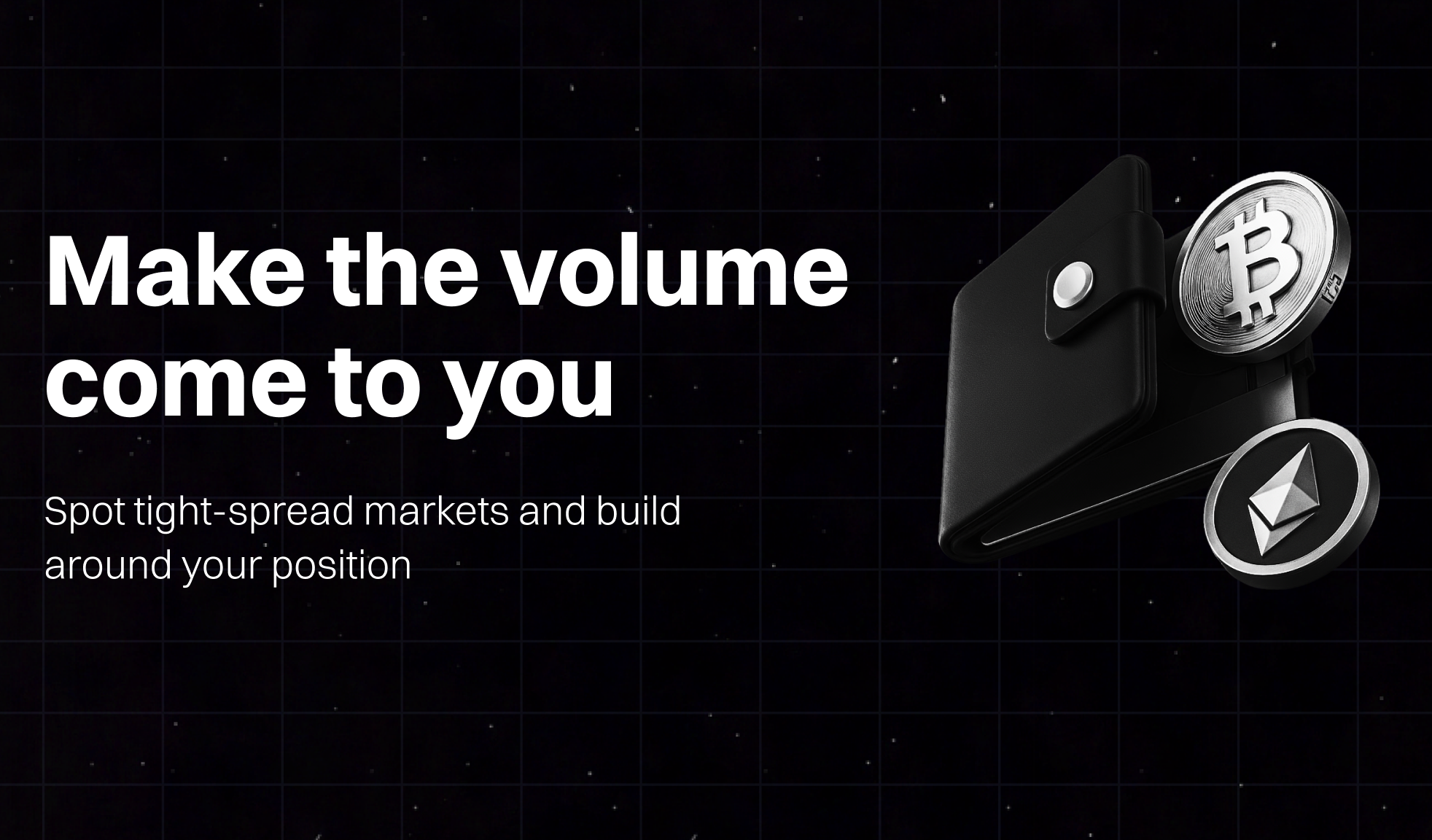How to Find Winning Prediction Markets with Fere AI’s Polymarket Discovery

You know that feeling when you open a market and it’s already crowded, spreads are wide, and you’re late to the party?
Let’s flip it.
With Fere’s Polymarket Discovery, you stop waiting for flow. You learn to create it.
The play is simple.
Find the markets where spreads are tight, conviction is rising, and liquidity is forming.
Enter early, then let the next wave of orders stack around you.
That is how real volume starts.
Why tight spreads matter
Tight spreads do two things for you:
- Cheaper entries and exits. Less slippage, cleaner fills.
- Faster price discovery. Liquidity concentrates where the spread is tighter, which attracts more traders.
If two markets ask the same question and one runs a 10% spread while the other sits at 3%, traders will cluster around the 3% venue. You get better fills and you can leave the trade without fighting the book.
What Discovery actually shows you
Discovery is built for one job: help you find the markets that will magnetize flow.
- Filter by conviction signals: sort by category, liquidity, or current spread
- Watch the tape form: see volume changes tick over in short intervals (Prediction Markets are updated every 60 seconds)
- Spot momentum early: find markets where orders are stacking and spreads are compressing
The result is a ranked, real-time view of where your next entry can become the center of gravity, not an afterthought.
A simple mental model
Think in three steps:
- Eligibility: Is the spread tight enough to make entries and exits clean?
- Formation: Is liquidity rising or at least stable so I won’t get trapped?
- Follow-through: Are new orders joining after my entry, confirming the setup?
If the answer is yes on all three, you have a credible “be early, get surrounded” trade.
Example walkthrough
Two near-identical markets. Same question, different microstructure.
- Market A: 10% spread, choppy prints, inconsistent depth
- Market B: 3% spread, steady prints, depth filling on both sides
You choose Market B. Your first fill is efficient.
As new orders arrive, your position benefits from tighter exits and faster price discovery.
That is the compounding effect of entering where other traders prefer to aggregate.
How to work this into your routine
- Morning scan: filter for tight spreads in your focus categories
- Set alerts: track markets where spreads compress and volume ticks up
- Enter small, scale with confirmation: add size only as follow-through builds
- Review exits: if spreads widen or flow dries up, flatten quickly
Prediction Markets on Fere AI 🖤
— Fere AI♠️ (@fere_ai) November 4, 2025
Spot trending Polymarkets, liquidity spikes, and high conviction bets in real time
Find your edge on Fere AI, execute on @Polymarket pic.twitter.com/6oe5zCR2sb
Common mistakes to avoid
- Chasing wide spreads: your cost to get in and out will eat the edge
- Ignoring depth: low depth equals fragile exits
- Oversizing early: scale with confirmation, not hope
- Staying after the party is over: if spreads expand and volume fades, leave
Who this is for
- Active traders who want cleaner execution and faster feedback
- Market makers who seed early liquidity and harvest spread compression
- Narrative hunters who prefer conviction forming now, not yesterday
Final Thoughts
Markets don’t move on their own. Traders do.
If you pick the right structure and time it well, your entry becomes the anchor.
Polymarket Discovery helps you find those moments.
Find your edge on Fere AI. Execute on Polymarket.
Open Polymarket Discovery today:

